This is the weekend edition of TheMarioBlog and will be updated as needed. The next blog post is Monday, June 17.
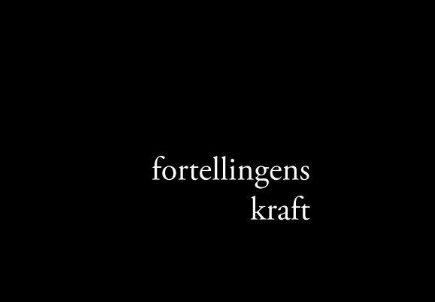
It is always wonderful to visit Norway, one of my favorite countries. And this time, the usually rainy city of Bergen, welcomed me with sunshine and warm temps at least the first two days of my visit.
I admit that I took this particular presentation here as a challenge. My main emphasis these days is all about mobile storytelling. I figured this group of journalists of all ages who engage in long form stories and investigative reports would be a difficult audience to convince about the importance of mobile first strategies.
Such was not the case, as I had a welcoming and particularly engaged audience.
Words, words, words
What I found fascinating, however, as I went from session to session during this top of the line conference, was an inside look at how journalists talk to each other about the craft of writing. My conferences are usually attended by editors and journalists, of course, but also technology, marketing and design folks. The conversation is different.
That is why it was a welcome change for me to hear the likes of Pulitzer winning writer, Lane DeGregory, of the Tampa Bay Times (yes, another Floridian), focusing on “Openings: the most important part of your story”. Lane showed masterfully crafted opening sentences from stories written by a variety of writers, and taught the group to remember the 5Ws when orchestrating the start of their stories: Who, What, When, Where and Why. She emphasized “cinematographic” leads, with descriptions to draw the reader in, and also mentioned how good it can be to turn the story upside down and start with an element of the ending.
Here and there Lane shared tips about her award-winning writing. Here are my two favorites:
- “I put together many of stories while in the shower when I am alone and nobody will interrupt me, not the kids, not the dogs, not the phone. I always keep a notebook on top of the toilet so that I can write down my ideas the moment I step out of the shower.”
- “Sometimes I compose my lead paragraphs while walking the dog. I even say the words out loud. The dog doesn’t care, he never talks back to me.”
The audience of 300 was following Lane’s examples eagerly, with 100% concentration. Lane reminded the group to appeal to the senses, and to, in fact, write notes about smell, touch, sound at the top of their notes to see how many they could tap into when writing/reporting the story.
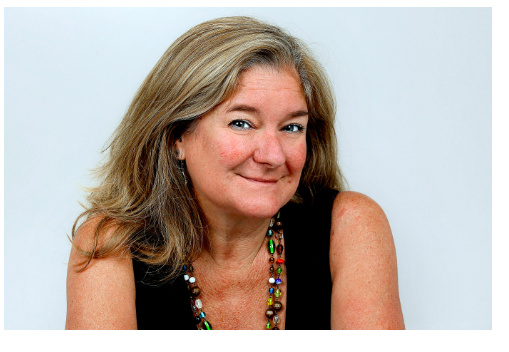
“Place is a character”
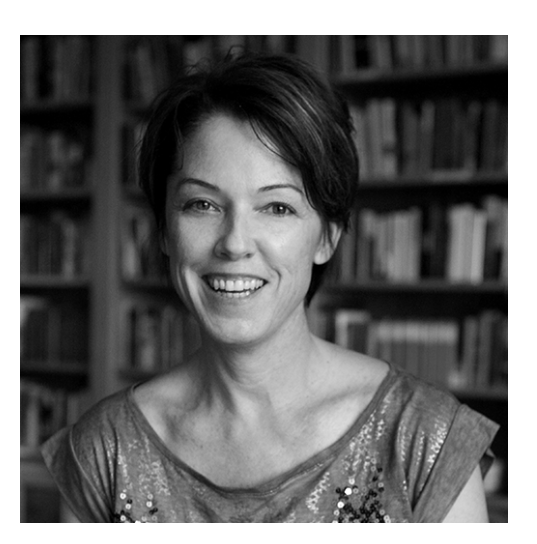
Anne Hull, the Pulitzer winner (The Washington Post) offered an illustrative talk about the importance of “place” in narrative journalistic writing.
“Place is more than physical geography,” she said. “I believe that place is as valid to a story as character. Place is context and context is everything.”
Anne believes that place is as valid to a story as character. “Place is context and context is everything,” she added.
Place will elevate your story, make the reader feel like you are taking him somewhere…..Place is a character.
In detailing the importance of place, Anne says that this is not limited to a city, specifically. “What is place? It is a city block, a mountain, a public park, a barn, an office bur, a tollbooth.”
Writers talking to writers

In another session, Mark Kramer, co-founder of the Nieman Conference at Harvard, the Well Told conference in London, who helped found this conference in Bergen, and who co-edited “Telling True Stories,” , speaking about narratives detailed his own experiences covering difficult—or not too friendly subjects—and how the story developed based on observation and attention to detail.
Mark Kramer also spent time dealing with the pure mechanics of writing, such as sentence structures.
“It is very important to remember your sentence skills. Sentences should be about nine words long. Don’t use weak verbs that contribute nothing to the story development. Emphasize active bergs which energy the story—-and the reader. Avoid redundancies as in the word “when”. Don’t write : When Charlie came into the room, then Mary stood up. IT is better to write: Charlie came into the room. Mary stood up.”
Writers talking to writers
Mark went in depth about the importance of scene setting, complex character description and creating high standards for narrative journalism.
At one point I heard Mark mentioned, after reading a superb example: “This is a quantum leap of sentence quality.”
These writers romance words. In session after session it was a love fest with the power of words.
I kept thinking about my early journalism training, and how much of all this was taught in those courses I took as a university student in the 60s. I also wonder how many of these literary non-fiction strategies are currently taught in journalism schools globally.
In a perfect world, the training of journalists today would involve the marriage of mobile storytelling with long form narratives, a marriage made in heaven in my view.
The one thing in our craft that has not changed is that the story and the words are and should always be the protagonist, regardless of what platform we produce them for, or regardless of where the user will consume them.
At the end of his talk, Mark said something that stayed with me:
“The challenge for a writer is that the reader stays with you for your next sentence.”
In my one presentation, which followed Mark’s ,I took this thought and expanded on it:
The challenge for those writing for mobile is that the reader will thumb up to that second screen. By then, with good writing and with a good story, we have hooked that reader.
That’s what our craft is all about.
It’s all about The Story
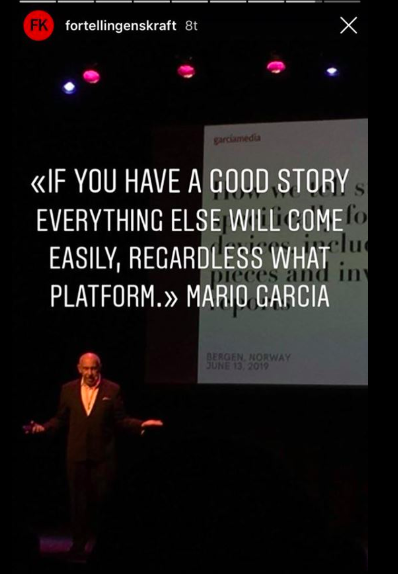
After sitting through various sessions with these talented writers at the conference, I am even more convinced that I made the right choice for my new mobile storytelling book when I titled it The Story.
The Story is about a present and a future that salutes the past—based on the simple premise that there is nothing in journalism without the wide purview of a sound story. The speakers at this conference reminded me of how true that is.
Indeed, after more than four decades of working in this wonderful craft—as a reporter, a copy editor, and a designer—one thing has remained constant: my work has always been led, governed, and punctuated by the story.
If we have a good story? The rest is easy to accomplish.
I reminded the writers attending my session about this, but they also reaffirmed it for me. Hopefully, after my presentation showing examples of how long form journalism can live happily on the small canvas of a smartphone screen, we will see more of these great pieces as mobile linear stories.
If that happens, my time here will have been worthwhile
All about the Bergen conference
http://fortellingenskraft.no/2019/program/
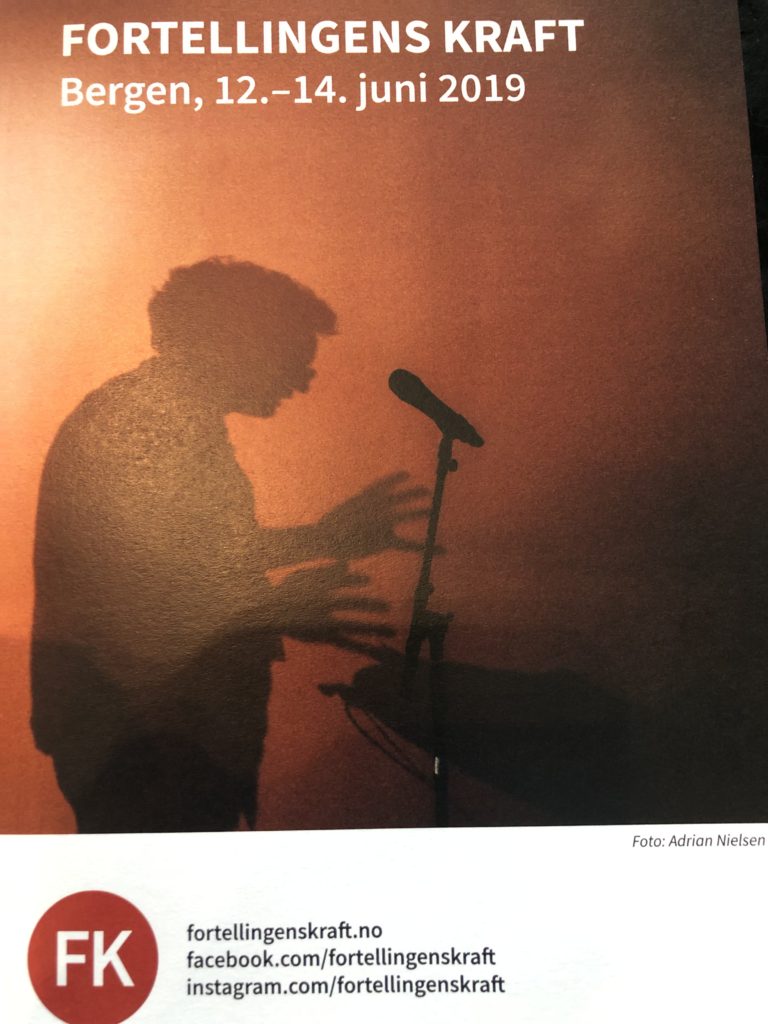
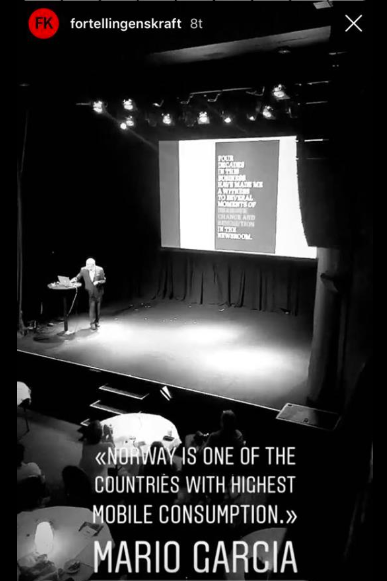
.
Mario’s speaking engagements
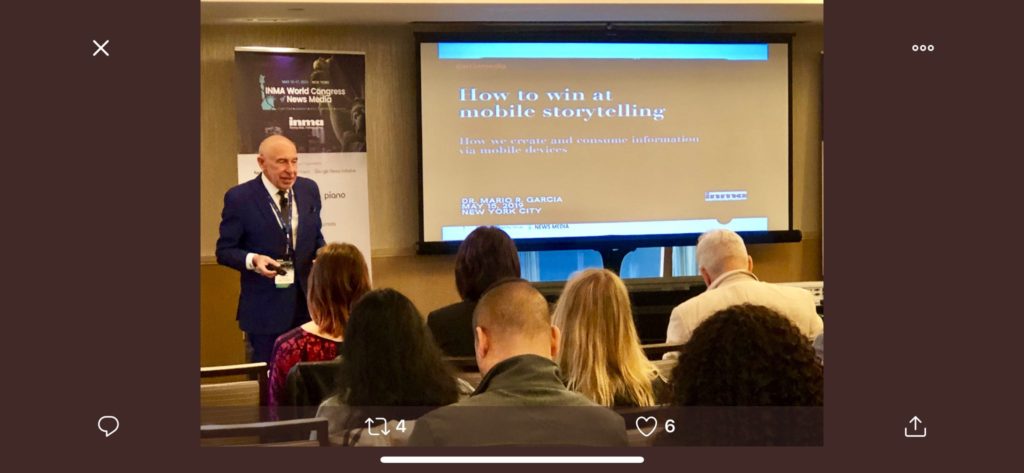
Here are places where I will be taking the message of mobile storytelling in the weeks ahead:
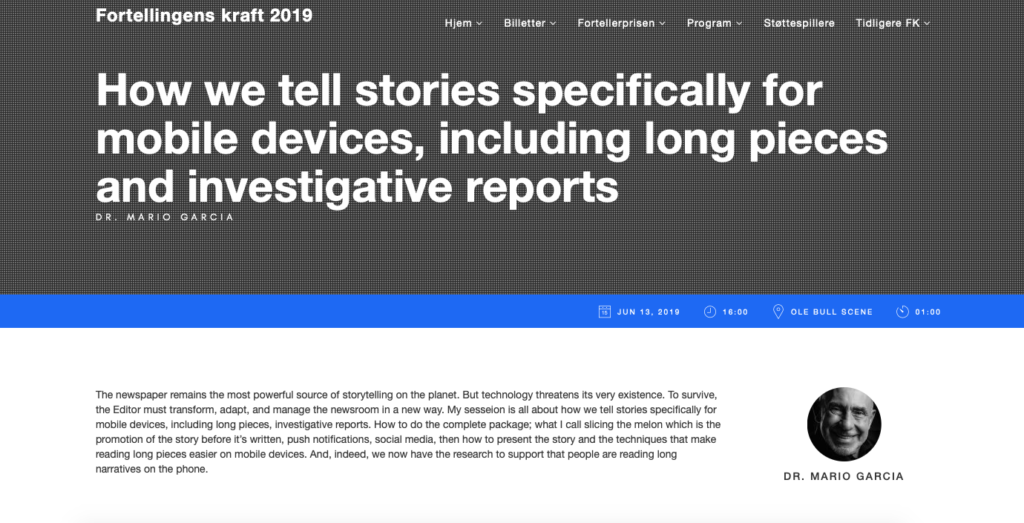
June 13-14, Fortellingens kraft 2019, Bergen, Norway, Long form Mobile Storytelling for Writers
July 11, Florida Media Conference, St. Petersburg, FL, Keynote for editors: The mobile first newspaper strategy.
Mario’s weekend rituals…..
Monocle interviews me about what I do on a typical weekend (is there such a thing? Not for someone like me who is seldom in the same location twice. But I gave it my best shot, for what may come as a normal weekend, when I am home in New York! Enjoy.
https://monocle.com/minute/2019/04/27/
Pre-order The Story
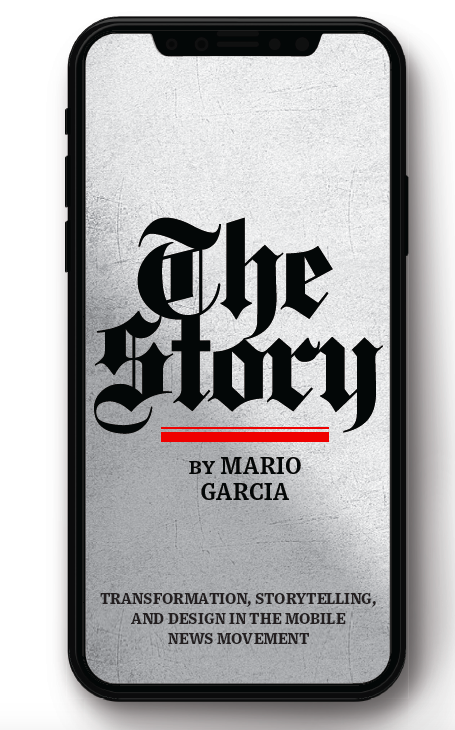
The newspaper remains the most powerful source of storytelling on the planet. But technology threatens its very existence. To survive, the Editor must transform, adapt, and manage the newsroom in a new way. Find out how, pre-orderThe Story by Mario Garcia, chief strategist for the redesign of over 700 newspapers around the world.
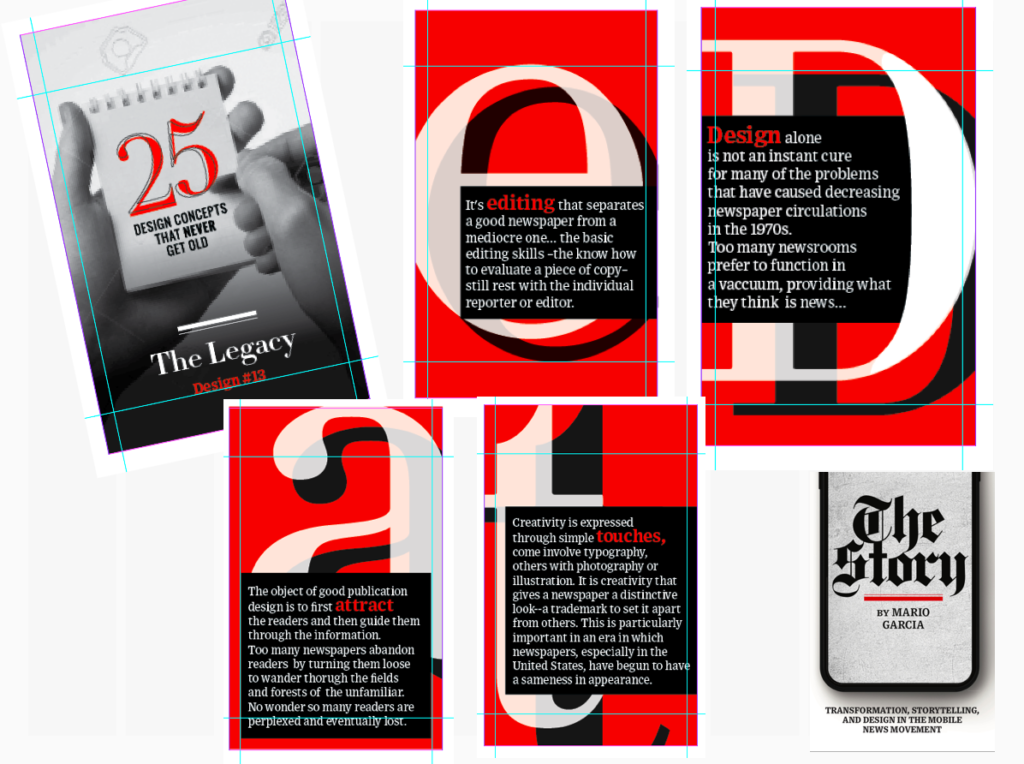
Order here:
https://thaneandprose.com/shop-the-bookstore?olsPage=products%2Fthe-story

An interview of interest
http://www.itertranslations.com/blog/2019/3/11/fd60ybflpvlqrgrpdp5ida5rq0c3sp
TheMarioBlog post #3073